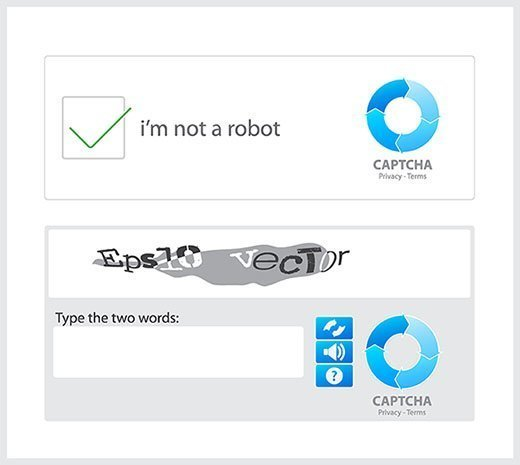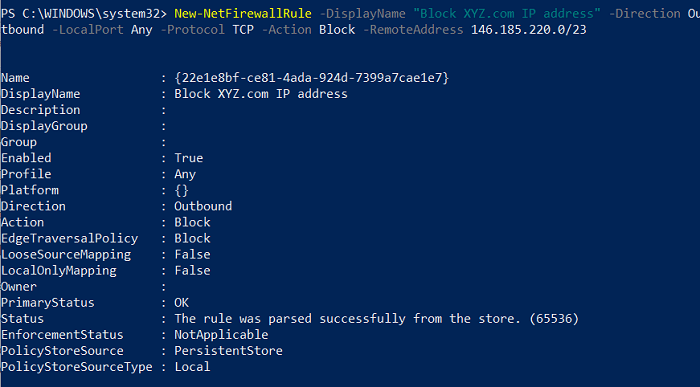
Invisible website protection from spam bots - Honeypot technology
With the growing popularity of the Internet, the problem of spam has also increased. Spam can take many forms, from unsolicited emails to fake comments and form filling on websites.
It can be a serious problem for website owners and users alike, and it can even damage the credibility of a website.
Fortunately, there are many different technologies available today that can help protect websites from spam. These technologies range from simple solutions, such as honeypot, to more complex solutions, such as content filtering and IP blocking. Regardless of the technology used, protecting a website from spam is critical to ensuring a positive user experience and maintaining the integrity of the website. By blocking spam, website owners can prevent their sites from overflowing with unwanted content and ensure that users can access the site without interference from bots. In this article, we'll take a look at the different technologies available to protect websites from spam and why it's important to set up spam protection from bots.
There are several technologies that can be used to protect websites from spam, bots, and other unwanted traffic. Here are a few examples:
1. CAPTCHA.

CAPTCHA stands for "Fully Automated Public Turing Test to Distinguish Computers from Humans.
CAPTCHA technology requires a user to perform a specific task, such as entering a series of garbled letters or clicking on an image to prove they are human.
CAPTCHA is a well-known technology that has been widely used for years, but it can annoy users and can also be bypassed by advanced bots.
The downside of captcha technology is that for real users (not bots), it does make the user experience more difficult.
In e-commerce projects, the presence of CAPTCHA can also greatly affect conversion to sales, because not all people will be willing to spend time on it.
2.Blocking IP address.

This means blocking certain Internet addresses or groups of addresses from accessing a website. This can work well to stop known spammers and bots, but it can also stop real people who share an address with a spammer.
User agent blocking: This means blocking access to a website based on the type of web browser or other software used. This can work well for stopping bots that use a certain type of software, but it can also stop real people who use similar software.
3. Content Filtering.
Content filtering involves scanning email content for specific keywords or patterns that are associated with spam or other unwanted content. This can be an effective way to block certain types of spam, but it can also result in false positives and block legitimate messages.
All of the technologies described above are active technologies and require website users to do something.
In contrast to the Honeypot technology we want to talk about below. Compared to those technologies, honeypot is a passive technology that does not require users to perform any tasks or complex filtering. It simply adds a hidden field to the form that only bots can see, which allows spam to be blocked while allowing legitimate users to access the site unhindered. Honeypot is also relatively easy to set up and requires little maintenance or monitoring, making it a popular choice for site owners looking for a simple and effective way to protect their sites from spam.
4. Honeypot - Honey trap for bots

Honeypot is an anti-spam technology that creates a trap for spammers.
Basically, it's a hidden field in the form that only bots can see. When a bot fills this field, the honeypot is triggered and the form submission is rejected. Legitimate users, on the other hand, will not fill in this hidden field, and their requests will be processed as usual. Using honeypot, websites can block spam while allowing legitimate users to access their services.
One advantage of honeypot is that it is a passive technology. Unlike CAPTCHA, which requires users to perform tasks to prove they're human, honeypot doesn't interfere with the user experience. This makes it a popular choice for websites that want to protect themselves from spam without annoying their users.
Honeypot is used in a wide variety of projects. It is usually used on contact forms, registration forms, comment sections, and other places where users can submit content. By blocking spam, honeypot helps keep these areas clean and free of unwanted content.
At IC Studio we set up Honeypot for each project we work with, because we know from example of our own website how valuable it is and how much time it saves the team by not getting spam requests.
Setting up a honeypot is relatively easy and can be done quickly. Most web platforms have plugins or built-in support for honeypot, so enabling this feature is easy. The amount of time it takes to set up a honeypot depends on the complexity of the website and the platform it's built on. Honeypot is a powerful anti-spam technology that can help keep websites clean and free of junk content. This passive technology does not intrude into the user's work, making it a popular choice for websites of all types. If you want to protect your site from spam, honeypot is definitely worth a look.
If you want to setup your website spam protection for Laravel or an October CMS, ask IC Studio team. We'll help you to protect your website from spam with bots using passive hidden technology - honeypot, or with active technology, as you wish.